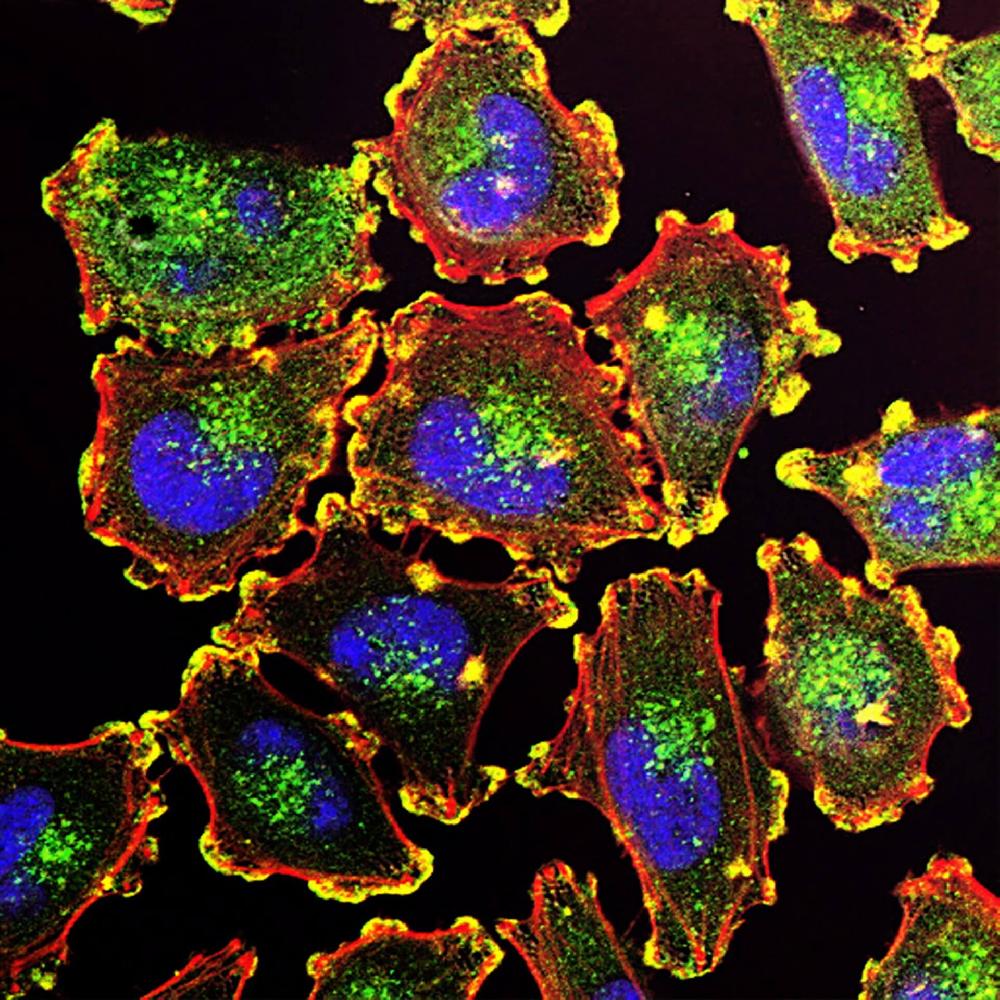This website uses cookies to ensure you get the best experience on our website.
- Table of Contents

3 Citations 17 Q&As
2 Citations 15 Q&As
1 Citations 16 Q&As
1 Citations 15 Q&As
Facts about Ubiquitin carboxyl-terminal hydrolase isozyme L1.

Also binds to free monoubiquitin and may prevent its degradation in lysosomes. The homodimer may have ATP-independent ubiquitin ligase activity.
| Human | |
|---|---|
| Gene Name: | UCHL1 |
| Uniprot: | P09936 |
| Entrez: | 7345 |

| Belongs to: |
|---|
| peptidase C12 family |

EC 3.4.19.12; EC 6.-; Neuron cytoplasmic protein 9.5; PARK5; PGP 9.5; PGP9.5; PGP9.5Uch-L1; PGP95; ubiquitin carboxyl-terminal esterase L1 (ubiquitin thiolesterase); ubiquitin carboxyl-terminal hydrolase isozyme L1; ubiquitin C-terminal hydrolase; Ubiquitin thioesterase L1; UCHL1; UCH-L1
Mass (kDA):
24.824 kDA

| Human | |
|---|---|
| Location: | 4p13 |
| Sequence: | 4; NC_000004.12 (41256928..41268455) |
Found in neuronal cell bodies and processes throughout the neocortex (at protein level). Expressed in neurons and cells of the diffuse neuroendocrine system and their tumors. Weakly expressed in ovary. Down-regulated in brains from Parkinson disease and Alzheimer disease patients.
Cytoplasm. Endoplasmic reticulum membrane; Lipid-anchor. About 30% of total UCHL1 is associated with membranes in brain.






PMID: 2163617 by Day I.N.M., et al. The structure of the human gene encoding protein gene product 9.5 (PGP9.5), a neuron-specific ubiquitin C-terminal hydrolase.
PMID: 14722078 by Choi J., et al. Oxidative modifications and down-regulation of ubiquitin carboxyl- terminal hydrolase L1 associated with idiopathic Parkinson's and Alzheimer's diseases.
*More publications can be found for each product on its corresponding product page